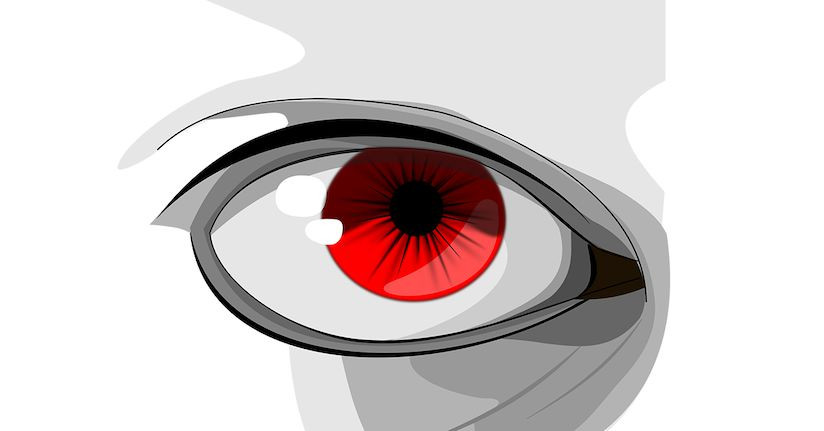Glaucoma: An Introduction
The term glaucoma refers to a group of diseases that can damage the optic nerve and can result in partial or complete loss of vision. Although glaucoma is usually considered a result of excess pressure in the eye, it can occur even if a person has normal eye pressure.
The two primary types of glaucoma are open-angle glaucoma and angle-closure glaucoma. The “angle” part of the type of glaucoma refers to different problems in the eye anatomy, but both can cause excessive fluid collection in the eye. The excessive amount of fluid can increase pressure in the eye and ultimately damage the optic nerve. Again, it’s important to be aware that such damage can occur even if someone has normal eye pressure.
Open-angle glaucoma and angle-closure glaucoma have different signs and symptoms. In open-angle glaucoma, the most common type, gradual loss of peripheral vision (typically in both eyes) is the primary symptom. In advanced stages, a patient my experience tunnel vision. The symptoms of angle-closure glaucoma are more distinct and noticeable. They include eye pain, nausea and vomiting that accompanies the pain, sudden difficulty seeing (usually in low light), blurry vision, halos around lights, and red eyes.
The best way to watch for glaucoma is to have your eyes examined regularly. There are a variety of tests to check for glaucoma, including measuring pressure within the eye, testing for optic nerve damage, a visual field test, a measure of your ability to see from a distance, and measuring the thickness of your corneas. There is sometimes an additional fee to measure pressure within the eye, so you’ll want to talk through the pros and cons with your doctor. Since open-angle glaucoma is the most common type and it’s symptoms don’t generally show up until the damage has been done, this is a time when an ounce of prevention is worth a pound of cure. While vision damage cannot be reversed, the progression of glaucoma can be slowed with medication.
REFERENCES
MedlinePlus: Glaucoma. Retrieved May 21, 2015 from http://www.nlm.nih.gov/medlineplus/glaucoma.html
University of Michigan Kellog Eye Center: Glaucoma. Retrieved May 21, 2015 from http://www.kellogg.umich.edu/patientcare/conditions/glaucoma.html
Mayo Clinic: Glaucoma. Retrieved May 21, 2015 from http://www.mayoclinic.org/diseases-conditions/glaucoma/basics/definition/con-20024042
TheraSpecs Glasses for Light Management
Try our light-filtering glasses and stay protected against harsh light from screens, fluorescents, LEDs, unwanted blue light, bright sunlight, flashing lights, and more.





